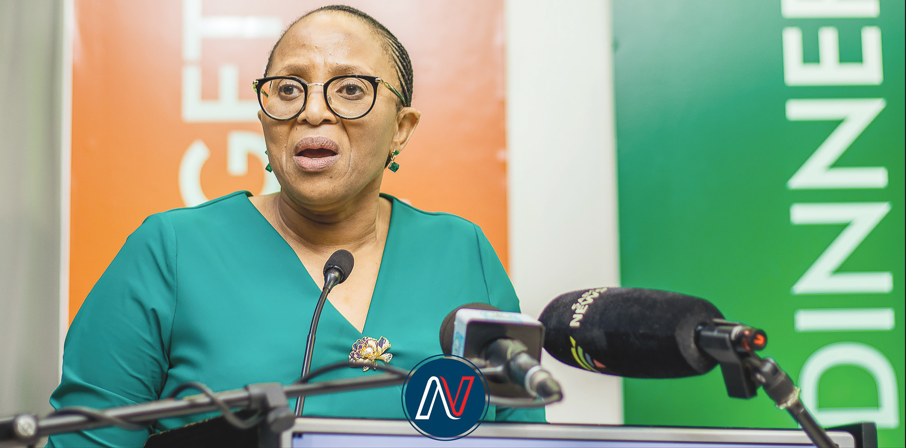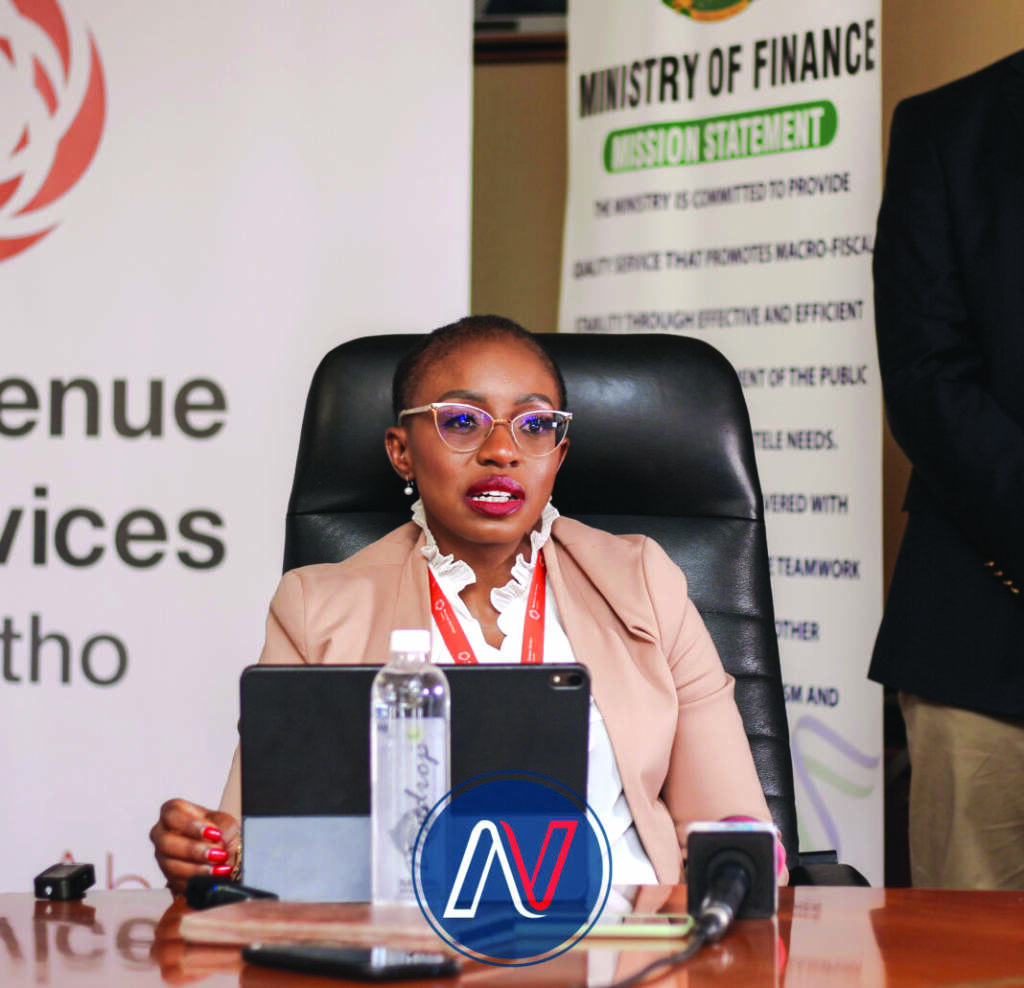Lesotho’ mining sector experienced a humbling five percent contraction during the 2024/25 fiscal year, responding to the ongoing sharp decline in the global diamond demand.
In her 2025/25 budget speech this week, Finance Minister Dr Retšelisitsoe Matlanyane laid bare a myriad of challenging economic realities facing the nation, highlighting in particular, the poor performance of the mining and manufacturing sectors among others.
Matlanyane’s sentiments come amid growing concerns about the diminishing performance of the global diamond market that is characterised by declining sales and diamond prices.
“The mining sector contracted by 5.0 percent, while manufacturing declined by 2.3 percent, with the textiles, clothing, and footwear subsector particularly affected, showing 8.2 percent decline collectively,”
The challenging situation within the industry was reflected during 2024 when three of the country’s prominent mining operations, Liqhobong, Kao and Mothae mines faced financial difficulties due to poor diamond sales.
As if this is not enough, the performances of both the mining and manufacturing sectors are forecast to continue diminishing during the upcoming 2025/26 financial year.
“The manufacturing sector, though showing some signs of improvement, is still projected to contract by 4.2 percent, and the mining sector will likely continue facing headwinds with a projected decline of 2.9 percent.”
But it was not only these two industries which endued a tough fiscal year. The sub-sector of crop production also contracted by 5.1 percent due to weather-related challenges, according to Matlanyane.
This revelation comes amid the on-going food insecurity crisis in which over 300 000 people face acute food shortage in the country.
Matlanyane indicated that despite notable progress in governance, social protection, and investments in key sectors, Lesotho’s economic growth remains fragile.
On a positive note, the economy grew by 2.5 percent in 2024/25, with the construction sector leading the way with a remarkable 22.5 percent growth.
The budget speech projected a more optimistic growth rate of 3.4 percent for 2025/26, driven by a projected 30.4 percent growth in construction and a modest recovery in crop production and animal farming.
The minister, however, warned that ongoing challenges in the manufacturing and mining sectors, could dampen these gains.
Another critical concern raised in the speech was the alarming youth unemployment rate, with nearly 39 percent of young Basotho jobless.
“This situation represents more than just numbers; it reflects postponed aspirations, unfulfilled potential, and futures that remain uncertain,” Matlanyane said.
The minister emphasised the need for economic diversification and reducing dependence on volatile Southern African Customs Union (SACU) revenues, which currently account for 27.8 percent of Gross Domestic Product (GDP).
“We must prepare for potential fluctuations in SACU receipts, which could impact our fiscal outlook,” Matlanyane cautioned.
To bolster revenue, the government proposed incremental increases in alcohol and tobacco levies and raised the minimum income tax threshold to M6 170. Measures to support small businesses included increasing the VAT registration threshold to M2 million, a move expected to reduce compliance costs and boost economic activity.
Summary
- Lesotho’ mining sector experienced a humbling five percent contraction during the 2024/25 fiscal year, responding to the ongoing sharp decline in the global diamond demand.
- In her 2025/25 budget speech this week, Finance Minister Dr Retšelisitsoe Matlanyane laid bare a myriad of challenging economic realities facing the nation, highlighting in particular, the poor performance of the mining and manufacturing sectors among others.
- As if this is not enough, the performances of both the mining and manufacturing sectors are forecast to continue diminishing during the upcoming 2025/26 financial year.

Seabata Mahao is a general news reporter with special focus on Business and Sports. Started working at Newsday in 2021. Working in a team with a shared goal is what I enjoy most and that gives me the motivation to work under any environment leading to growth.









